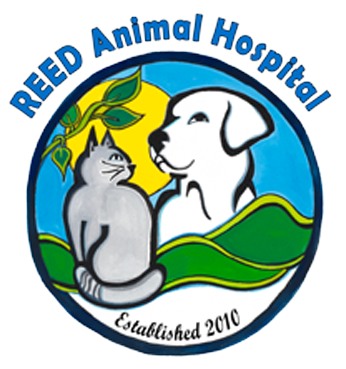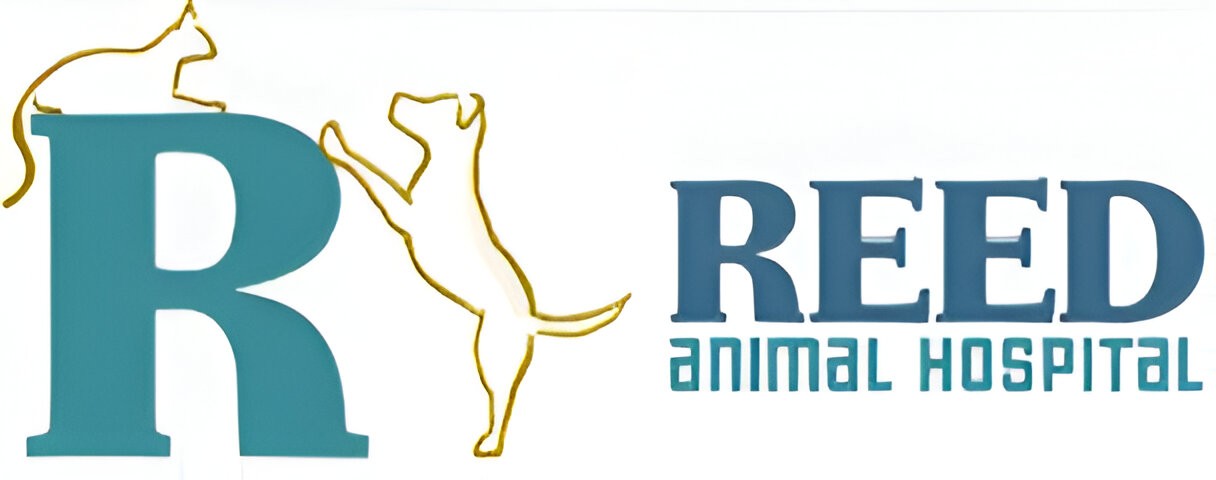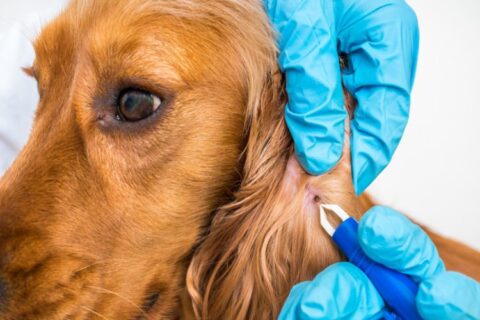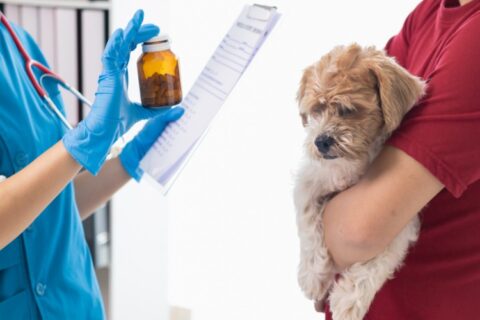Dog Eye Discharge – What’s Normal and What’s Not
Dogs can exhibit what seem like symptoms of health issues that turn out to be standard biological activities, and dog eye discharge is one of them. However, some eye discharges can indicate a problem, which is where Reed Animal Hospital steps in to diagnose and treat them. Our hospital proudly serves animal family members with health concerns throughout Campbell, Saratoga, and San Jose, CA, including dog eye discharge cases. Knowing the difference between normal and abnormal eye discharge is essential to care for your pet, so we’ve explained this topic below to help you understand what to watch for and do.
A Brief Introduction to Eye Discharge in Dogs
Dog eye discharge is a common occurrence that can range from normal to concerning. Eye boogers, for instance, are typically natural and caused by debris, tears, or minor irritants. These are usually harmless and can be gently cleaned as part of your dog’s grooming routine. However, not all eye discharge is benign. Abnormal signs include excessive tearing, thick yellow or green mucus, or redness and swelling around the eyes. These symptoms could indicate underlying issues like infections, injuries, or allergies. Monitoring changes in eye discharge is crucial to ensure your dog receives prompt veterinary care at Reed Animal Hospital.
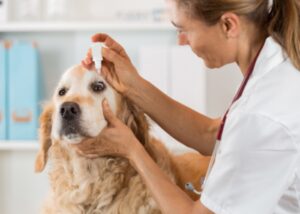
What Is Dog Eye Discharge?
Dog eye discharge refers to the fluid or mucus that accumulates around a dog’s eyes. It can range from clear and watery to thick and yellowish, depending on the underlying cause. Normal discharge is often due to tears or minor irritants and poses no harm. However, excessive, colored, or crusty discharge may signal an issue such as an infection, injury, or allergy. Regular observation and care are essential, and unusual signs signal it’s time to visit a veterinarian.
Types of Dog Eye Discharge & What They Indicate
Dog eye discharge can vary in appearance, and each type may indicate different health concerns. Recognizing these variations is crucial for identifying potential problems early. Below are some common types of dog eye discharge and what they may mean:
- Clear and Watery Discharge – Often caused by allergies, irritants like dust or wind, or mild environmental factors.
- Thick, Yellow or Green Discharge – May signal an eye infection such as conjunctivitis or a more serious condition requiring immediate attention.
- Rusty or Brownish Discharge – Commonly associated with tear staining, often due to blocked tear ducts or breed-specific traits.
- White or Gray Discharge – Could suggest dry eye (keratoconjunctivitis sicca), leading to insufficient tear production.
What Discharges Are Normal & What Aren’t?
Some eye discharge in dogs is normal, such as small amounts of clear or slightly watery discharge caused by environmental factors like wind or mild irritation. However, abnormal discharges often indicate underlying issues. For example, thick yellow or green discharge typically points to bacterial infections like conjunctivitis, while white or gray discharge may suggest dry eye syndrome due to insufficient tear production. Rusty or brownish stains could result from blocked tear ducts, requiring veterinary care to prevent further complications. You should always monitor significant changes and contact Reed Animal Hospital when you notice potential issues.
Common Causes of Abnormal Eye Discharge
Abnormal eye discharge in dogs can result from a variety of underlying health conditions. Identifying the cause is essential to provide appropriate treatment and ensure your dog’s overall well-being. Some of the most common causes of abnormal eye discharge in dogs include the following:
- Allergies
- Conjunctivitis (Pink Eye)
- Dry Eye (Keratoconjunctivitis Sicca)
- Corneal Ulcers
- Glaucoma
- Eye Injury
- Blocked Tear Ducts
How Does a Vet Diagnose an Eye Discharge?
When diagnosing eye discharge in a dog, Reed Animal Hospital’s veterinarian follows a systematic approach to identifying the underlying cause. The process begins with a thorough physical examination of the eye. We check for redness, swelling, or abnormalities in the eyelids and surrounding areas. Our staff may use a fluorescein stain to detect corneal ulcers or scratches. A Schirmer tear test can measure tear production to identify conditions like dry eye (keratoconjunctivitis sicca). If we suspect an infection, our vet might collect a sample of the discharge for microscopic examination or culture. Finally, imaging techniques or additional tests may be necessary to rule out deeper issues.
Treatment Options for Eye Discharge in Dogs
Treatment options for eye discharge in dogs vary depending on the underlying cause. After a thorough examination, our veterinarian will recommend appropriate treatment to relieve symptoms and address the root issue. Reed Animal Hospital offers many pet wellness solutions for a broad range of conditions, including eye discharge. Common treatments include the following:
- Antibiotic eye drops or ointments for infections caused by bacteria.
- Antiviral medications if the discharge is due to viral infections like canine distemper.
- Allergy medications or antihistamines to manage allergy-related eye irritation.
- Artificial tears and lubricating drops for dry eye conditions.
- Surgical intervention for structural abnormalities or blocked tear ducts.
- Cleaning the eyes regularly with a vet-approved solution to remove debris or buildup.
When Should I Visit Reed Animal Hospital?
If your dog experiences persistent eye discharge, redness, swelling, squinting, or signs of pain, it’s crucial to seek veterinary care promptly. These symptoms could indicate an infection, injury, or an underlying condition requiring professional attention. At Reed Animal Hospital, our experienced team can accurately diagnose and treat the issue, ensuring your pet’s comfort and health. Reach out to us today to schedule an appointment and provide your furry friend with the care they need.
